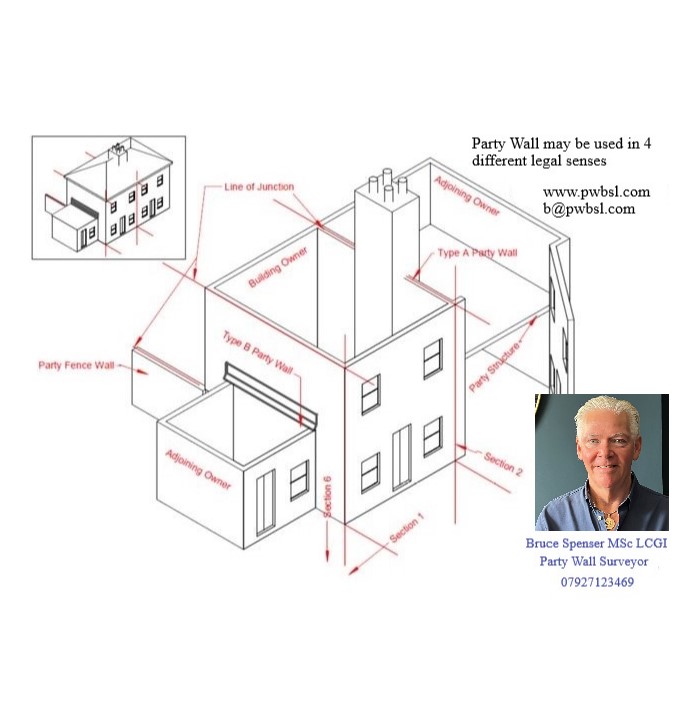Salts survey
The periodic table is composed of groups (the columns) which equate to the free electrons in the outer shell of elements – 1 on the left and 8 on the right. It is also composed of periods (rows). The elements closes to the left and the right (except for column 8 – the Noble Gasses) and closest to the top are the most reactive because they most easily gain a full outer shell by forming compounds which are elements which join together by sharing, receiving or giving up electrons; Ionically is giving up or receiving which leaves charged particles or covalently is sharing electrons.
The left most elements are metals and right most elements are non metals.
The elements closest to the top of the table are the most abundant.
The most reactive elements exist as compounds.
The elements to the left of the periodic table are acidic, to the right and alkaline and to the middle are basis (neutral).
The metals and hydrogen form positive ions (and are named as per the atom)
The non-metals form negative ions (and are suffixed with “ide”)
The ones in the middle called the transition metals form
When a negative ion and a positive ion form a compound for example:
· Lithium Fluoride – LIF
· Sodium Sulphide – Na2S
· Sodium Chloride – NaCl
· Potassium Fluoride – PF
· Magnesium Oxide – MgO
· Magnesium Chloride – MgCl2
· Alluminium Oxide – Al2O3
A ionic compound is formed. The ionic compounds above have swapped an equal number of electrons and they are therefore neutral – they have no charge
There are also compound ions:
· Ammonium – NH4+
· Sulphate – SO42-
· Hydroxide – OH–
· Carbonate CO32-
· Nitrate – NO3–
· Hydrogen Carbonte – HCO3–
The compound ions above have a positive or negative charge and react to form compounds
· Sodium Carbonate – Na2CO3
· Calcium Nitrate – Ca(NO3)2
Compounds decompose by
· Heat – CaCO3 + Heat = CaO + CO2
· Light – 2AgCl + Light = 2Ag + Cl2
· Electrolysis – 2LiCl + electricity = 2Ag + Cl2
· Fermentation – Grapes + Yeast = Wine, CO2 – Too much equals a hangover, Much too much leads to unhappiness
· Cracking – Industrial break down
The common acids (they all contain Hydrogen Ions and are all dissolved in Water):
· Sulphuric Acid – H2SO4
· Nitric Acid – HNO3
· Ehtanoic Acid – CH3COOH
· Hydrochloric Acid – HCl
HCl in water = H+ and Cl– the more H ions the more acid the solution
The common Alkalis:
· Sodium Hydroxide – NaOH
· Potassium Hydroxide – KOH
· Calcium Hydroxide – Ca (OH)2
· Ammonia – NH3
Neutral Substances (Basis)
· Water
Acids usually react with metals (from the left of the periodic table) and form a salt and hydrogen:
· Magnsium + Sulphuric Acid = Magnesium Sulphate and Hydrogen
Mg + H2SO4 = MgSO4 + H2
The salts of the acids are called:
· Sulphuric acid = Sulphates
· Hydrochloric Acid = Chlorides
· Nitric Acid = Nitrates
The Alkalis – They all contain Hydroxide Ions OH–
· Sodium Hydroxide – NaOH
Na + H2O = NH4+ and OH–
The more Hydroxide Ions the more alkali
Alkalis react with acids to form a salt and water
This is where the salts come from
Stone Deterioration – Stone will deteriorate by Acid Attack
· CO2 in air when dissolved in rain water forms a weak acid solution,
· Sulphur dioxide SO2 formed when sulphur is burned in the air mixes easily with rain water and forms Sulphurous acid H2SO3
· NitogenOxides from car exhaust and power stations are other culprits
– therefore it is essential that all stone work is regularly maintained and protected against these attacks.
Party Wall Surveyor serving Thanet and London
Third Surveyor serving England and Wales


